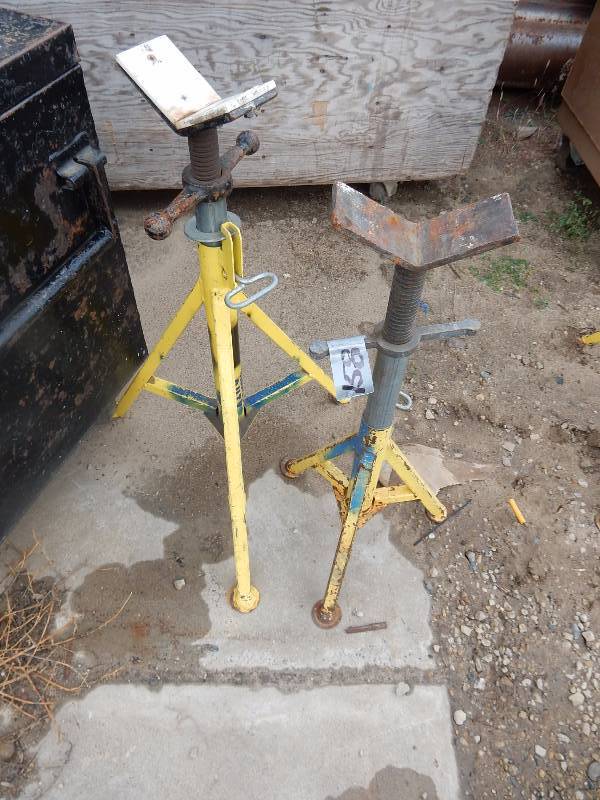

Made from steel, cast iron, or aluminum, car jack stands are available in two styles: a three-legged pin lock model and a ratchet lock version with four legs. While all jack stands perform the same general function, their structure and strength can vary based on the specific type of vehicle they are designed to support.

How strong are jack stands, exactly? Take a look. Not only do jack stands protect you and your vehicle from falling floor jacks, but they also provide multiple points of contact that help you avoid tipping issues. Floor jacks also provide only one point of contact, which can leave your vehicle unstable and prone to tipping if you lift it from the middle. While hydraulic floor jacks can lift vehicles quickly and easily, they can (and likely will) occasionally fall - especially cheap models. This solid mechanical stop provides exponentially more support than the hydraulics of your floor jack. This is virtually impossible to do, as you would need to be able to lift the vehicle with your bare hands.

While you can use most jack stand models to lift a vehicle upward, the stand’s ratcheting mechanism must be disengaged in order to lower it. Jack stands generally consist of an adjustable A-shaped base frame, a ratcheting post with a platform for supporting vehicles, and a ratchet handle mechanism. Not only do jack stands protect technicians who need to work underneath vehicles, but they also provide stability for personnel while loading and unloading cargo trailers. A jack stand is an essential tool for providing a safe work environment inside and underneath cars, trucks, or trailers.


 0 kommentar(er)
0 kommentar(er)
